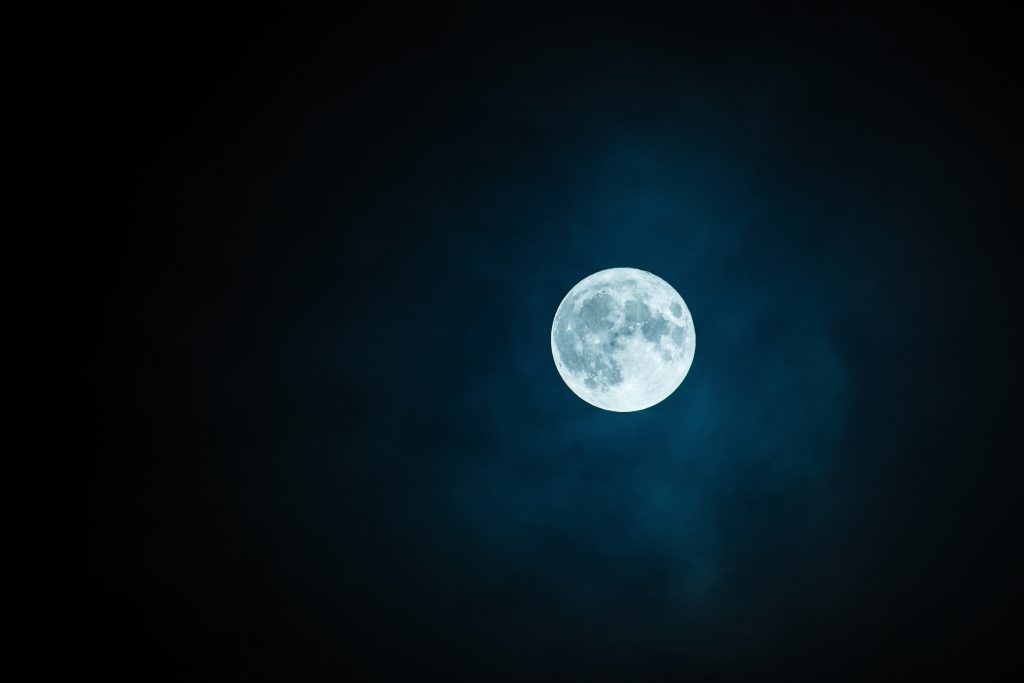Watch the ‘Cold Moon’ eclipse Mars during the final full moon of 2022
3 min read
The final full moon of the year rises on Wednesday, Dec. 7.
December’s full moon — also nicknamed the Cold Moon — officially begins at 11:09 p.m. ET (4:09 a.m. UTC on Dec. 8), although the moon will also appear bright and full in the sky beginning on Tuesday, Dec. 6, and lasting until Thursday, Dec. 8.
As for the moon’s nickname, sky watchers in the Northern Hemisphere will have little trouble guessing why this month’s moon is dubbed the “cold” one. Rising mere weeks before the winter solstice (Dec. 21), this moon takes to the sky during one of the coldest, darkest parts of the year. According to the Maine Farmer’s Almanac, which began publishing Native American names for moons beginning in the 1930s, this moon’s moniker originates with the Mohawk tribe of what is now the northeastern United States and Southeastern Canada. The name has since become popular in mainstream coverage of the moon’s phases.Related stories—Photos: Super Blood Wolf Moon eclipse stuns viewers
—See spectacular lunar mission images in 3D (Photos)
—Photos from the moon’s far side! China’s Chang’e 4 lunar landing in pictures
Other popular names for the December full moon include the Long Night Moon (a reference to the forthcoming solstice — the longest night of the year in the Northern Hemisphere), the Snow Moon, the Hoar Frost Moon (a type of feathery frost that often emerges during cold conditions) and the Frost Exploding Trees Moon, according to the Almanac.Mars at opposition
The moon will join a crowded night sky where Saturn, Jupiter and Mars will also be visible to the naked eye. Observers in parts of North America and Europe may even see the moon pass in front of Mars, briefly snuffing the Red Planet’s light, at least from Earth’s perspective. This semi-regular phenomenon is known as occultation, or the “lunar occultation of Mars,” according to Live Science’s sister site Space.com.
But there is something else going on with the Red Planet, too: Overnight, from Dec. 7 to Dec. 8, Mars will be “in opposition” to Earth, meaning it is on the opposite side of Earth as the sun. In other words, the sun, Earth and Mars will all align on an invisible 180-degree line, just like the Sun, Earth and moon do during a full moon. This is what makes the lunar occultation of Mars possible; both bodies are orbiting on the same side of Earth.
Mars completes an orbit of the sun every 687 days, or roughly twice as long as it takes Earth to complete an orbit. Due to the different orbital periods of the two planets, opposition only occurs once every 26 months or so, according to NASA, so enjoy the Red Planet’s cameo while it lasts.
The Virtual Telescope Project (opens in new tab) will host a livestream of the moon occulting Mars at opposition, beginning at 11:00 p.m. ET on Dec. 7 (4:00 a.m. UTC on Dec. 8). The stream can be found on the project’s YouTube channel (opens in new tab) .The Wolf Moon cometh
The full moon occurs once every 30 days or so, when the sun, Earth and moon align on an invisible 180-degree line. The moon’s orbit varies from Earth’s by about 5 degrees, so the moon is usually a little higher or lower than Earth’s shadow, allowing the sun’s rays to illuminate the side facing Earth.
The next full moon is the Wolf Moon, trailing behind the New Year like a long hangover on Friday, Jan. 6, 2023.




